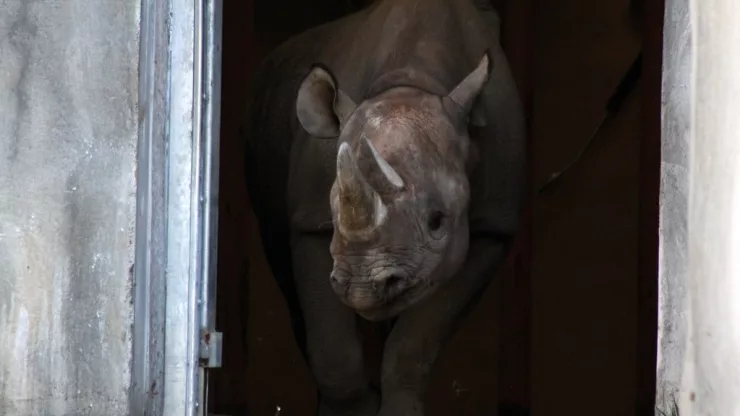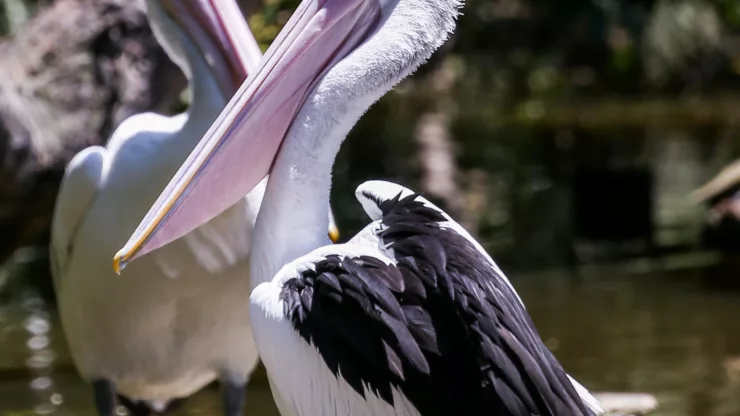Northern Ireland is known for its stunning landscapes and natural wonders. One of the most popular destinations for nature lovers is the Mourne Mountains.
This mountain range, located in County Down, is a haven for wildlife enthusiasts.
In this article, we will take a closer look at the flora and fauna of the area, threats to wildlife, conservation efforts, and tips for exploring the wildlife of Mourne Mountains.
Jump to Section
Introduction
Brief Overview of Mourne Mountains
The Mourne Mountains are a granite mountain range that stretches for 35 kilometers along the southeast coast of Northern Ireland.
The highest peak in the range is Slieve Donard, which stands at 850 meters.
The area is known for its stunning landscapes, including rugged cliffs, rolling hills, and tranquil forests.
Importance of Wildlife in Northern Ireland
Northern Ireland is home to a wide range of wildlife, including many rare and endemic species. The country’s natural heritage is a vital part of its identity and culture, and it is important to protect and preserve this heritage for future generations.
Wildlife in Mourne Mountains
Flora and Fauna in the Area
The Mourne Mountains are home to a diverse range of flora and fauna.
The area is renowned for its heather-covered hillsides, which burst into bloom in late summer, creating a carpet of purple.
The forests of the area are also home to a variety of trees, including oak, ash, and birch.
The mountains are also home to a range of animal species, including red squirrels, badgers, foxes, and hares.
Birdwatchers will be delighted to spot species such as the peregrine falcon, kestrel, and buzzard.
The rivers and streams of the area are teeming with fish, including salmon and trout.
Endemic Species Found in the Mountains
The Mourne Mountains are home to several endemic species, meaning they are found nowhere else in the world.
One such species is the Mourne Mountain hare, which has adapted to life in the harsh mountain environment.
Another endemic species is the Mourne hawkweed, a rare flower that blooms in the summer months.
Threats to Wildlife in Mourne Mountains
Human Activities
Human activities such as farming, forestry, and tourism can have a significant impact on the wildlife of the Mourne Mountains.
Overgrazing by livestock can lead to the destruction of habitats, while forestry can lead to the loss of native species.
Tourism can also have a negative impact on the area, with littering and disturbance of wildlife being common issues.
Climate Change
Climate change is also a significant threat to the wildlife of the Mourne Mountains.
Changes in temperature and rainfall patterns can disrupt the balance of ecosystems, leading to the loss of species.
Rising sea levels can also threaten habitats along the coast.
Conservation Efforts in Mourne Mountains
Government Initiatives
The Northern Ireland government has implemented several initiatives aimed at protecting the wildlife of the Mourne Mountains.
These include the designation of the area as an Area of Outstanding Natural Beauty and the creation of a network of protected sites.
Community Involvement in Wildlife Conservation
Many local communities have also taken an active role in wildlife conservation.
For example, the Mourne Heritage Trust, a local conservation group, has implemented a range of initiatives aimed at protecting the area’s natural heritage.
Role of Conservation Organizations
Conservation organizations such as the Royal Society for the Protection of Birds (RSPB) and the Northern Ireland Environment Agency (NIEA) also play a vital role in protecting the wildlife of the Mourne Mountains.
These organizations work to monitor species populations, restore habitats, and raise awareness of conservation issues.
Exploring Wildlife in Mourne Mountains
Best Time to Visit the Area
The best time to explore the wildlife of the Mourne Mountains is in the summer months when many of the species are active, and the heather is in bloom.
However, the area is also beautiful in the winter months, when the hillsides are dusted with snow.
Guided Tours and Activities
There are several guided tours and activities available in the area, including birdwatching tours, nature walks, and wildlife photography workshops.
These tours are a great way to learn more about the area’s natural heritage and see some of its most spectacular wildlife.
Tips for Wildlife Watching in the Area
When exploring the wildlife of the Mourne Mountains, it is important to respect the environment and the animals that live there.
It is also important to follow any guidelines or restrictions that are in place, such as staying on designated paths and not disturbing nesting birds.
Conclusion
Importance of Protecting Wildlife in Northern Ireland
Northern Ireland’s wildlife is a vital part of its natural heritage and identity. It is important to protect and preserve this heritage for future generations.
Call to Action for Conservation Efforts in Mourne Mountains
Conservation efforts in the Mourne Mountains are crucial for protecting the area’s natural heritage.
By supporting local conservation groups, taking part in guided tours, and following responsible wildlife watching practices, we can all play a role in protecting this unique and beautiful landscape.
FAQ
What is the Mourne Mountain hare?
The Mourne Mountain hare is an endemic species found only in the Mourne Mountains of Northern Ireland.
It is a subspecies of the Irish hare and has adapted to life in the harsh mountain environment.
What is the best time to visit the Mourne Mountains for wildlife watching?
The best time to visit the Mourne Mountains for wildlife watching is in the summer months when many of the species are active, and the heather is in bloom.
What are some of the threats to wildlife in the Mourne Mountains?
Threats to wildlife in the Mourne Mountains include human activities such as farming, forestry, and tourism, as well as climate change.
I’m a nature enthusiast and creator of Metro Wilds and have spent years exploring the great outdoors.
With a passion for environmental conservation and sustainability, I have dedicated my career to writing about the beauty and wonders of nature, as well as the threats facing our planet.
Contact me at [email protected] for assistance.





